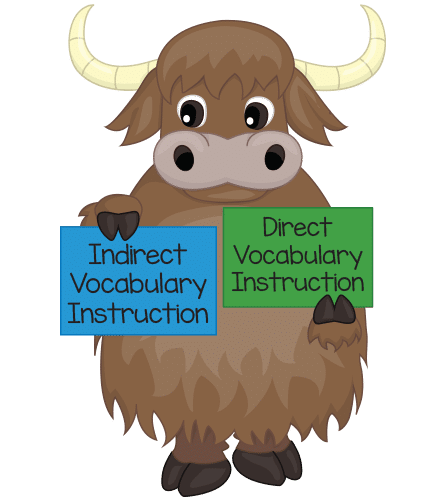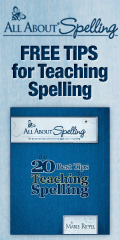This post contains my referral link which helps support the work of this site. Here’s my full disclosure policy.

Vocabulary plays an important part in learning to read. For example, when a beginning reader sees the word dog in a book, he begins to sound it out. When he realizes that he is very familiar with the word dog, he reads it with confidence.
But what if the child comes across the word yak in a story? If he has never heard of a yak, he may try to sound out the word, but may then begin to second guess himself. Is this a real word? Have I decoded it properly?
A similar thing can happen with older students, too. If a student comes across the word bovine but it’s not in his vocabulary, he’s may become frustrated.
A large vocabulary is critical for reading comprehension. This article will show you how to include vocabulary development in your child’s educational plans, as well as some pitfalls to avoid.
Learn more about effectively teaching vocabulary and avoiding common mistakes at All About Learning Press!
Do you need more homeschool encouragement, help, and ideas? Click here for a TON of Homeschool Inspiration!
Latest posts by Free Homeschool Deals (see all)
- Saxon Math 3 Resources - March 31, 2025
- Wonderings eZine - February 27, 2025
- All About Me Coloring Page Bundle - February 24, 2025
- FREE Valentine’s Day Printables, STEM Activities, & Experiments! - February 4, 2025
- Top 10 STEM/STEAM Activities for the Winter Months! - December 2, 2024





